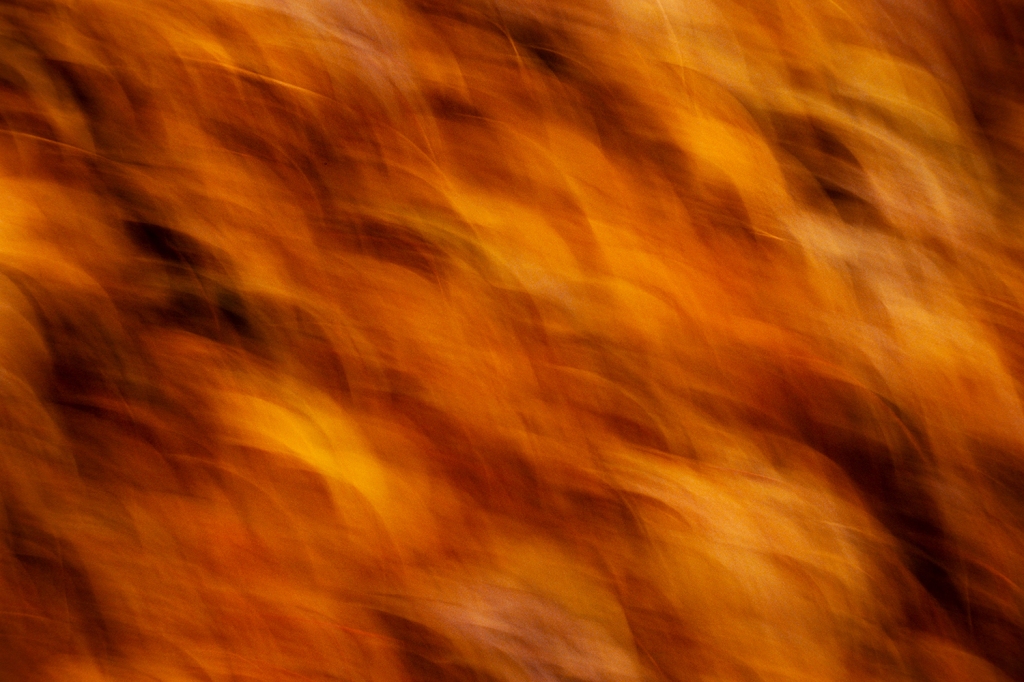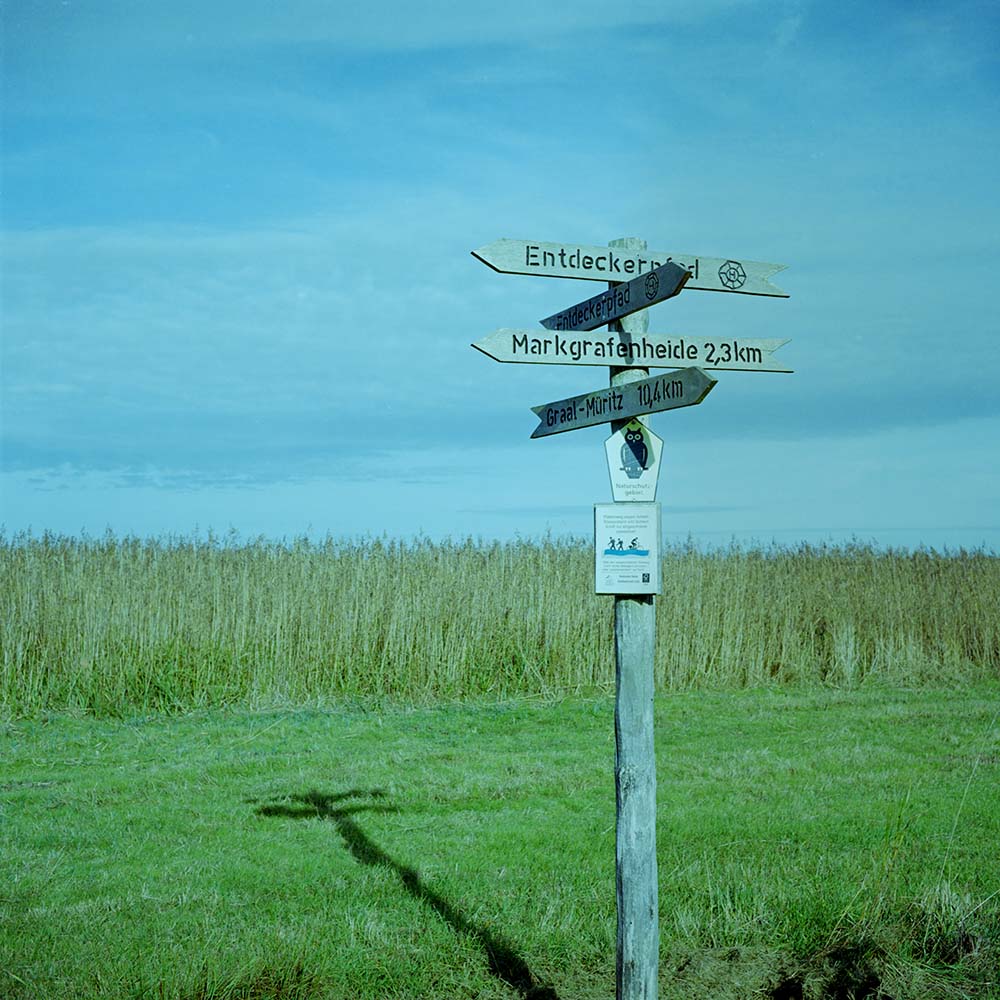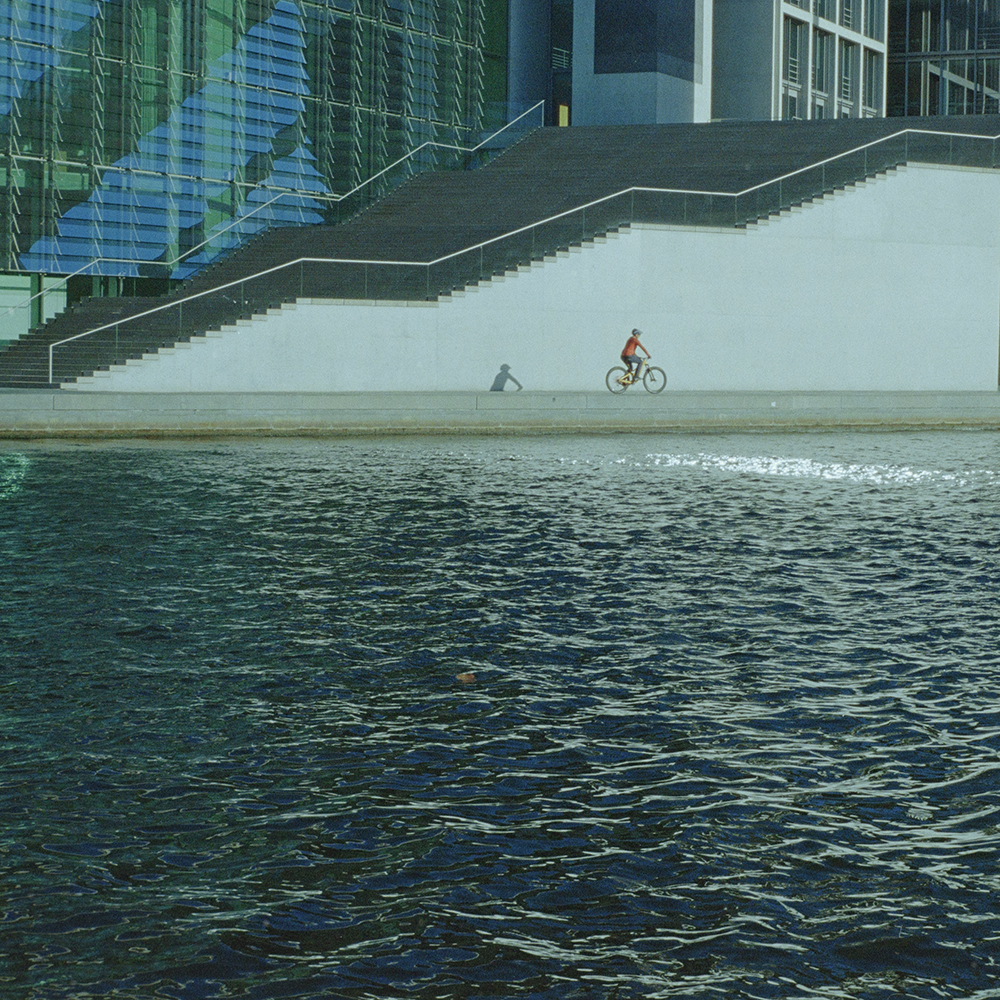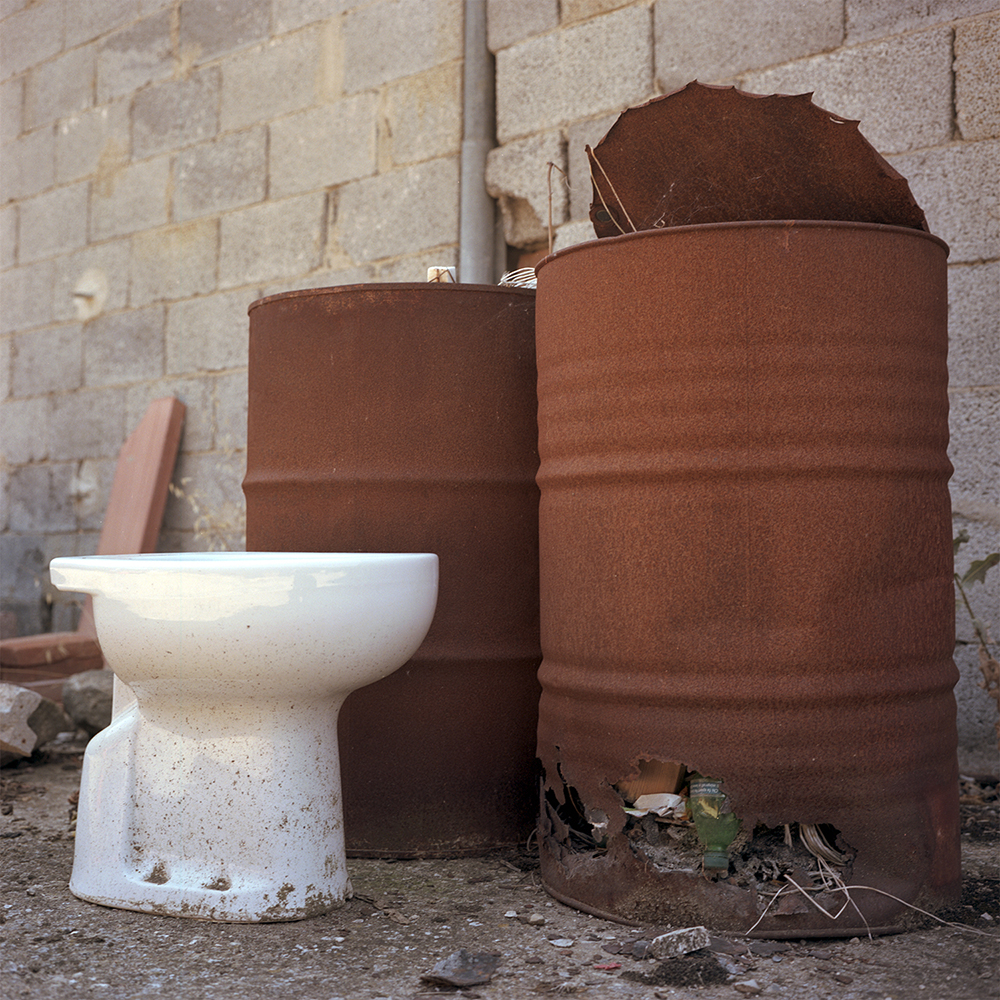In my older blog post “Overambitious” I talked about the lack of ideas and inspiration – the creative block everyone of us experiences from time to time. My recommendation to cure this was getting back to the last 20 or so rolls of film to search for patterns or favorite themes in one’s photography. It was an idea to get inspiration for future projects or subjects to photograph from what you have already achieved. Just in case you too get stuck with cameras loaded with film but seemingly no idea how to proceed…as I do quite frequently. Writing about this made me think about my humble beginnings in photography and my unrealistic dreams of becoming a nature photographer. A few weeks ago I took the chance to jump back several decades and to the enjoyment of my kids I started loading my old slide projector with Kodachromes from faraway places such as Australia, New Zealand, and the southern parts of Africa and Madagascar. What a familiar sound from the cooling fan inside the projector and the movement of the arm shifting the slides back and forth. To my astonishment the colors of the slides were still as brilliant as if it were yesterday that they came back from development. Not too surprising though, since Kodachrome was made to produce colors that last long. Even those slides framed in glass mostly survived. At some point I will have to reframe them for future preservation though. Going through this large collection of photographs was like visiting the places a second time. Most of the shots I remembered very well and could even tell the circumstances and situations these images were taken in. And I was surprised to see that not all shots were bad! Quite a few I liked very much and I thought it would be a good idea to share them with you. All images shown were shot on Kodachrome 64 slide film between 1989 and 1999 and were sent to Kodak for development. Camera-wise I used only two different bodies, a Nikon F301 and my beloved Nikon FM2. Lenses were two Nikkor primes (50mm f/1.8 and 24mm f/1.8), a Soligor 90mm f/4.5 macro and a Soligor 70-300mm f/4.5 telezoom. Without further ado let’s jump in and follow the journey of a young wannabe nature photographer…

Impala, Hluhluwe NP, South Africa 1999 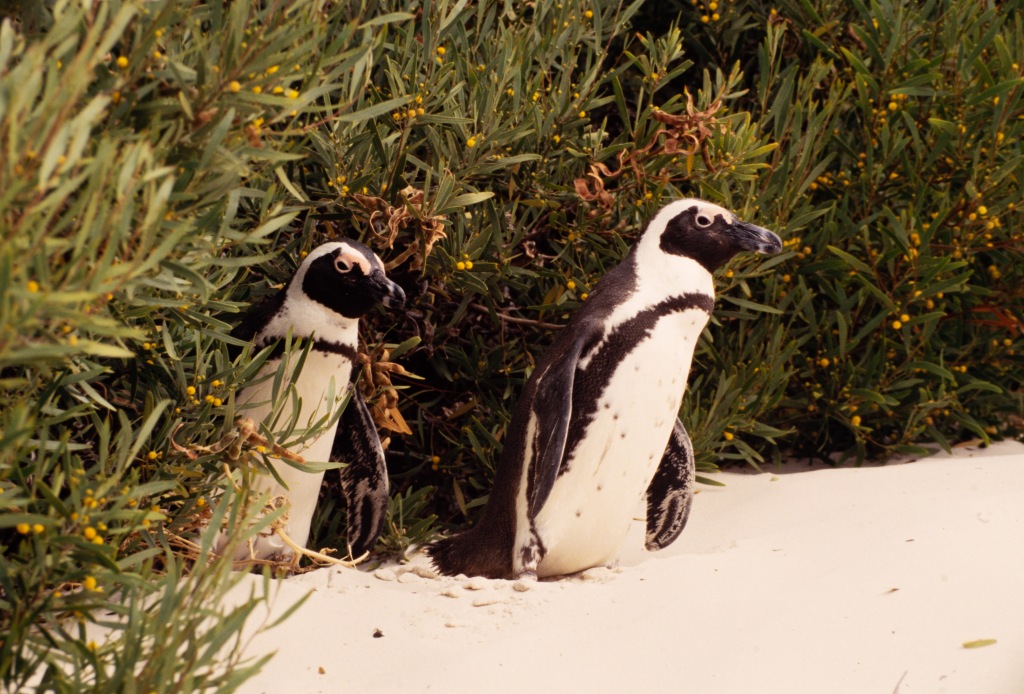
Jackass penguins, Boulders Beach, South Africa 1999 
Common octopus, Banyuls-sur-Mer, France 1993 
Rainbow lorikeet, Townsville, Australia 1995 
Praying mantis, Antananarivo, Madagascar 1989 
Sossusvlei dunes, Namibia 1998
